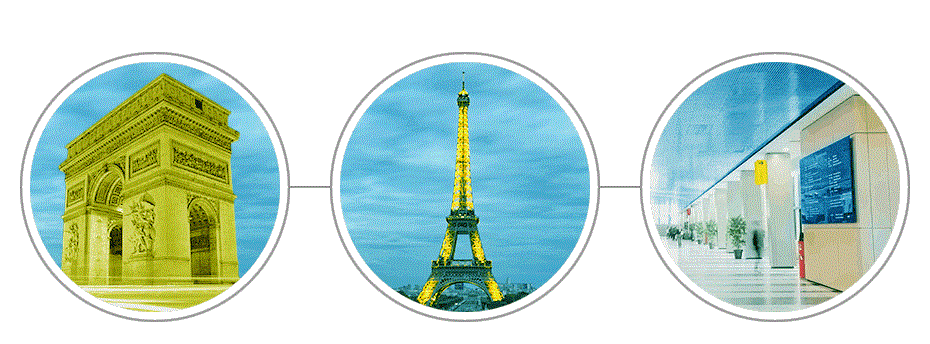This paper studies how firms' screening behavior and crowding out among applicants affect the optimal design of unemployment policies. In our model, firms face a pool of applicants and observe unemployment duration and a signal about productivity. Firms screen the applicants with the highest expected productivity first. The probability of being hired declines with duration due to declining beliefs about productivity and competition by other job seekers. We estimate the model using German administrative employment records and information on job search behavior, vacancies and applications. The model matches the observed decline in search effort and job finding rates and the implied decline of callback rates is in line with recent evidence from audit studies. Optimal policy takes into account that unemployment benefits can affect hiring probabilities by making unemployment duration more or less informative and by changing the applications-per-vacancy ratio due to search effort or vacancy responses. In theory, optimal benefits for the long-term unemployed can be higher or lower than for the short-term unemployed and the equilibrium elasticity of unemployment duration to benefits can be larger or smaller than the standard micro elasticity. Our quantitative findings suggest that benefit levels should be more generous, especially after the first year of unemployment. We also find that extended benefits do not increase the duration of unemployment as much as suggested by a model without employer screening.



